Current Affairs – 14 March 2024
Electric Mobility Promotion Scheme 2024
Recently, the Union Ministry of Heavy Industries announced Electric Mobility Promotion Scheme 2024

About Electric Mobility Promotion Scheme 2024:
- It aims to further accelerate the adoption of Electric Vehicles in the country. It is a fund limited scheme with a total outlay of Rs. 500 crore for the period of 4 months.
- It is for faster adoption of electric two-wheeler (e-2W) and three-wheeler (e-3W) to provide further impetus to the green mobility and development of electric vehicle (EV) manufacturing eco-system in the country.
- Eligible EV categories
- Two Wheelers (electric) (e-2W)
- Three-wheeler (electric) including registered e-rickshaws & e-carts and L5 (e-3W)
- The scheme will be applicable mainly to those e-2W and e-3Ws registered for commercial purposes. Further, in addition to commercial use, privately or corporate owned registered e-2W will also be eligible under the scheme.
- To encourage advance technologies, the benefits of incentives, will be extended to only those vehicles which are fitted with advanced battery.
- Nodal Ministry: Ministry of Heavy Industries
International Day of Mathematics
The International Day of Mathematics (IDM) is celebrated every year on 14 March.
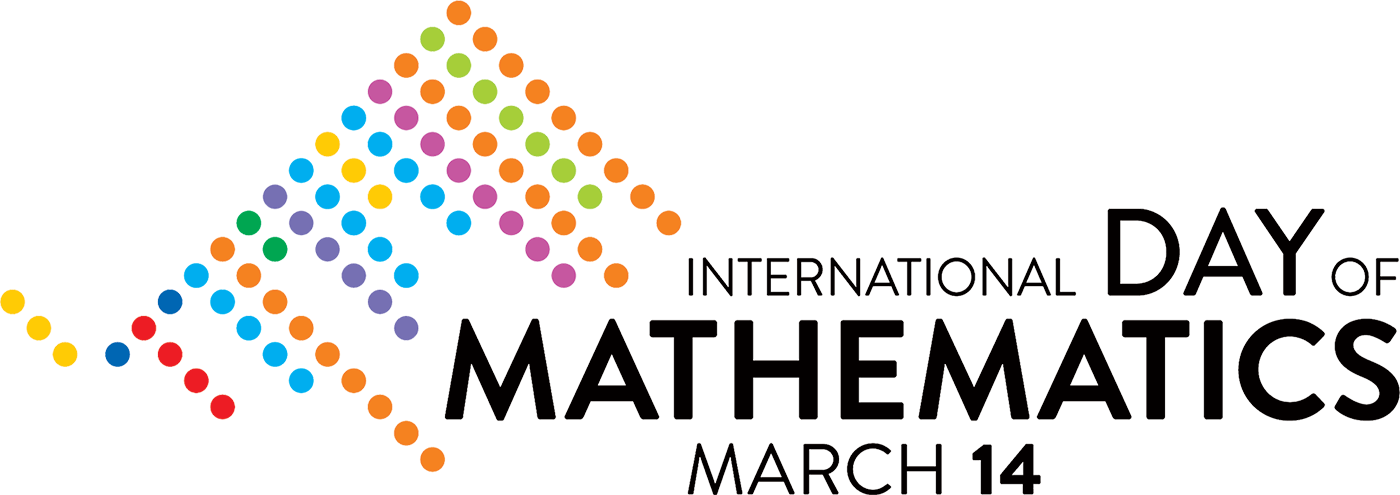
About International Day of Mathematics:
- International Day of Mathematics, or Pi Day, is celebrated on March 14 every year to recognize the mathematical constant, Pi.
- The theme of International Day of Mathematics 2024 is ‘Playing with Math’.
- Why March 14?
- The approximate value of Pi is 3.14.The date, when written in the format of month/day (3/14), matches the first three digits of the mathematical constant.
- History:
- The first Pi Day was celebrated in 1988 by physicist Larry Shaw at the San Francisco Exploratorium.
- In 2009, the United States House of Representatives designated March 14 as Pi Day.
- UNESCO marked Pi Day as the ‘International Day of Mathematics’ during its general conference in 2019.
- Mathematician and physicist Albert Einstein, known for the “General Theory Of Relativity,” was born on Pi Day in 1879.
What is Pi (π)?
- Pi is a mathematical constant that represents the ratio of the circumference of a circle to its diameter.
- It is an infinitely long, irrational number, and its exact value cannot be known.
- Pi is roughly equal to 3.14, or 22/7.
- History:
- Pi has been known for nearly 4,000 years and was discovered by the ancient Babylonians.
- One of the first calculations of pi was carried out by Greek mathematician Archimedes of Syracuse (287 B.C. to 212 B.C.).
- It also has a symbol, ‘π.’The symbol π was devised by British mathematician William Jones in 1706.
- Applications: It is used in a wide variety of mathematical and scientific calculations, including geometry, trigonometry, calculus, and more.
Lyme Disease
A case of Lyme disease has been recently reported in the Ernakulam district of Kerala.

About Lyme Disease:
- It is a vector-borne infectious disease caused by the bacterium Borrelia burgdorferi.
- Transmission:
- It is primarily transmitted to humans through the bite of infected black-legged ticks, often referred to as deer ticks.
- Lyme disease cannot spread:
- between humans
- from pets to humans
- through air, food, or water
- Lice, mosquitoes, fleas, and flies also do not transmit it.
- It is prevalent in wooded and grassy areas worldwide, particularly during warmer months. It is most commonly reported in North America, Europe, and some parts of Asia.
- Symptoms:
- Early symptoms of Lyme disease start between 3 to 30 days after an infected tick bite you.
- It commonly manifests with symptoms such as fever, headache, fatigue, and a characteristic “bull’s-eye” red rash called erythema migrans (EM).
- Erythema migrans serves as a hallmark sign, aiding in the early diagnosis and management of this tick-borne illness.
- Left untreated, it can lead to more severe complications affecting the joints, heart, and nervous system.
- Treatment:
- The standard treatment for Lyme disease is antibiotics, such as doxycycline or amoxicillin, especially in the early stages.
- In later stages, intravenous antibiotics may be required.
Atmospheric Research Testbed
Recently, Minister of Earth Sciences virtually inaugurated the first phase of the Atmospheric Research Testbed in Central India (ART-CI) in Sehore district in Madhya Pradesh.

About Atmospheric Research Testbed:
- It is established by Indian Institute of Tropical Meteorology (IITM), MoES at Silkheda for better understanding on processes governing monsoon convection.
- ART-CI will have an extensive set of remote-sensing and in-situ instruments that will provide continuous observations of convection, clouds, precipitation, soil moisture, radiation, microphysics to capture major modes of variability.
- Phases
- In the first phase, an ART would be set up in central India to study convection, land-atmosphere interactions and precipitation processes. It is expected to provide a sound basis for other research testbed programs in climatologically interesting and important areas.
- In the second phase, ART is to be set up in the northeast/eastern part of the country to study severe thunderstorm processes.
- Objectives
- It is for better understanding on processes governing monsoon convection and land-atmosphere interactions over the monsoon core region and to measure relevant meteorological parameters using the state-of-the-art observational systems.
- To organize intense observational campaigns along with weather prediction model runs for testing hypotheses and to improve physical parameterizations in the models related to convection and land surface processes.
- Outreach, Training and Dissemination of ART-CI data sets. The testbed will be made into an international facility for intense observational campaigns and testing physical parameterization schemes including sensitivity runs.
- It has nearly 25 high-end instruments like the aethalometer for aerosol studies, cloud condensation nuclei counter, laser ceilometer to measure cloud sizes, micro rain radar to calculate raindrop size and its distribution have been installed.
- A Ka-band cloud radar and a C-band doppler weather radar will also help track the movement of rain-bearing systems over this zone.
Small and Medium Real-Estate Investment Trusts
The SEBI recently amended the REIT Regulations of 2014, outlining provisions for the establishment of small and medium real-estate investment trusts, known as SM REITs or micro REITs.
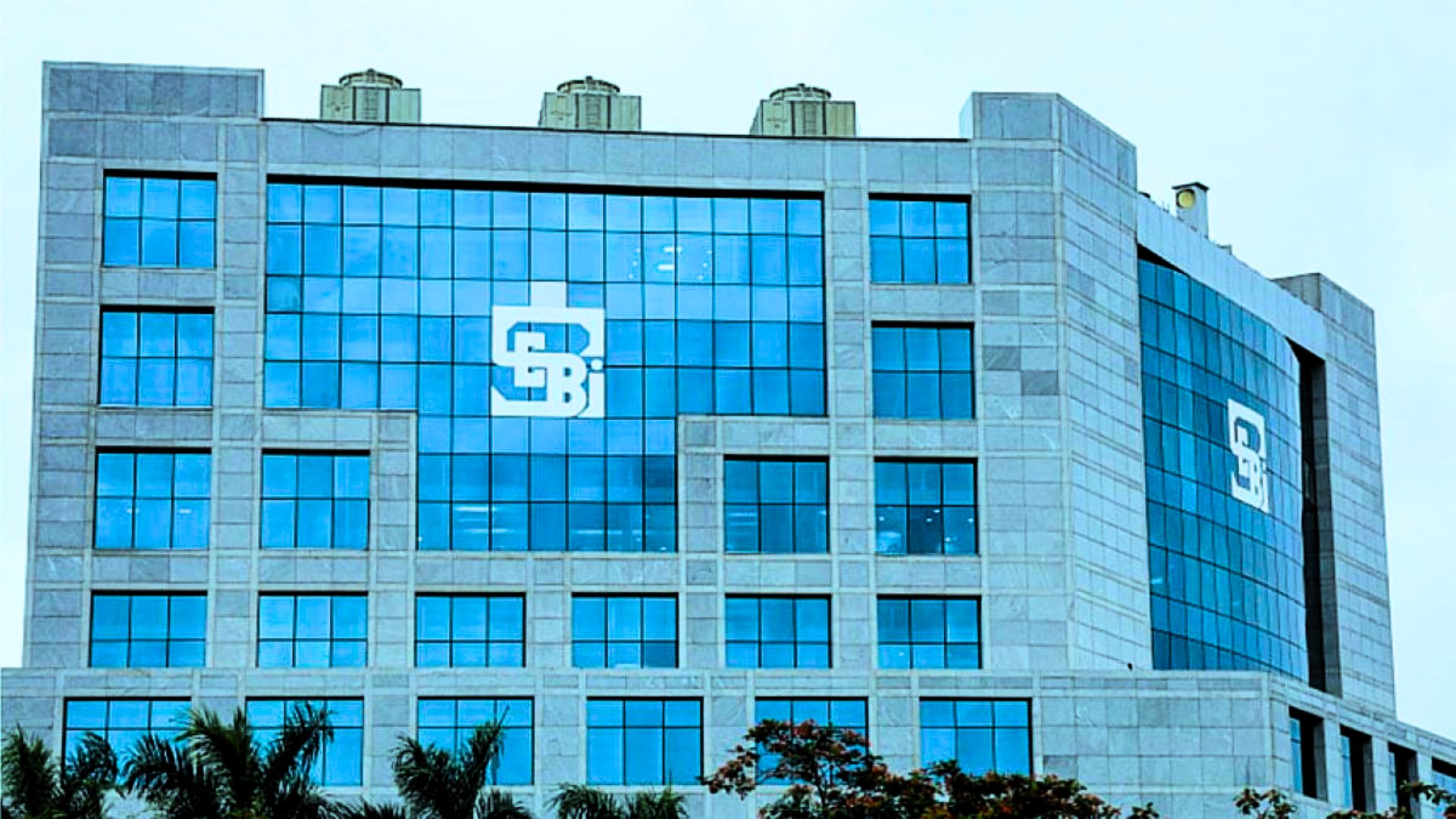
About Small and Medium Real-Estate Investment Trusts:
- These are specialised real estate investment trusts that differ from conventional REITs in their scale and focus.
- Aim: To regulate the fractional ownership industry and safeguard investor interests, incorporating both commercial and residential properties within the new framework.
- The minimum subscription size of this scheme unit will be 10 lakh and treated as one unit. The SM REIT scheme requires a minimum of 200 unit holders, excluding the investment manager, its related parties and associates.
- An investment manager responsible for setting up an SM REIT is required to have a net worth of at least ₹20 crore, and a separate trustee will be appointed for oversight.
- The micro REITs will be able to list with an asset value of at least Rs 50 crore and a maximum of Rs 500 crore.
- These funds are to be used for acquiring and managing real estate assets, generating income for the investors. The ownership of these assets will be structured through one or more schemes, each operating under special purpose vehicles (SPVs).
- While traditional REITs primarily invest in large-scale commercial properties, such as office buildings and shopping malls, SM REITs concentrate on smaller and medium-sized properties with lower value.
Devin AI
A US-based company called Cognition has announced the launch of a new artificial intelligence chatbot called Devin which it claims to be world’s first fully autonomous AI software engineer.

About Devin AI:
- It is the world’s first AI software engineer.
- What can Devin do?
- The AI agent comes with some advanced capabilities in software development, including coding, debugging, problem-solving, etc.
- It uses machine learning algorithms to constantly learn and improve its performance and adapt according to new challenges.
- In simple words, Devin can build and deploy apps end-to-end and can also train and fine-tune its own AI models. It can plan and execute complex engineering tasks that would require thousands of decisions.
- It can recall relevant context at each step, self-learn over time, and even fix mistakes. This software engineer has the ability to proactively collaborate with the user.
- It reports progress in real-time, is capable of accepting feedback, and works along with the user through design choices as needed.
- Performance
- On the SWE-Bench benchmark (a benchmark for evaluating large language models on real-world software issues found on GitHub), Devin correctly resolved 13.86 per cent of the issues without any assistance.
- It is capable of augmenting efficiency and speed within software development processes by automating repetitive tasks, instantly generating code, expediting project timelines, and cutting down development expenses substantially. It is immune to human errors or inconsistencies.
PB-SHABD Platform
Union Minister of Information and Broadcasting launched PB-SHABD, a news sharing service from Prasar Bharati.

About PB-SHABD:
- Prasar Bharti – Shared Audio Visuals for Broadcast and Dissemination (PB-SHABD) platform has been designed to provide daily news feeds in video, audio, text, photo and other formats to the subscribers from media landscape.
- It is powered by the vast network of Prasar Bharati reporters, correspondents and stringers, the service would bring you the latest news from different parts of the country.
- It will be a single point source of news content for all organizations. SHABD service is being offered free of cost for the first year as an introductory offer and will provide news stories in all major Indian languages across fifty categories.
- The shared feeds can be used for customized storytelling across different platforms. As an introductory offer, the services would be available free of cost and help the smaller newspapers, TV channels and digital portals immensely.
What is Prasar Bharti?
- It is the Public Service Broadcaster of the country.
- It is a statutory autonomous body established in 1997 under the Prasar Bharati Act.
- Objective: To conduct public broadcasting services intended to inform and entertain the public.
- It comprises the Doordarshan Television Network and All India Radio, which were earlier media units of the Ministry of Information and Broadcasting.
- Headquarter: New Delhi
Vocal for Local’ Initiative
NITI Aayog recently launched the ‘Vocal for Local’ initiative under its Aspirational Blocks Programme.
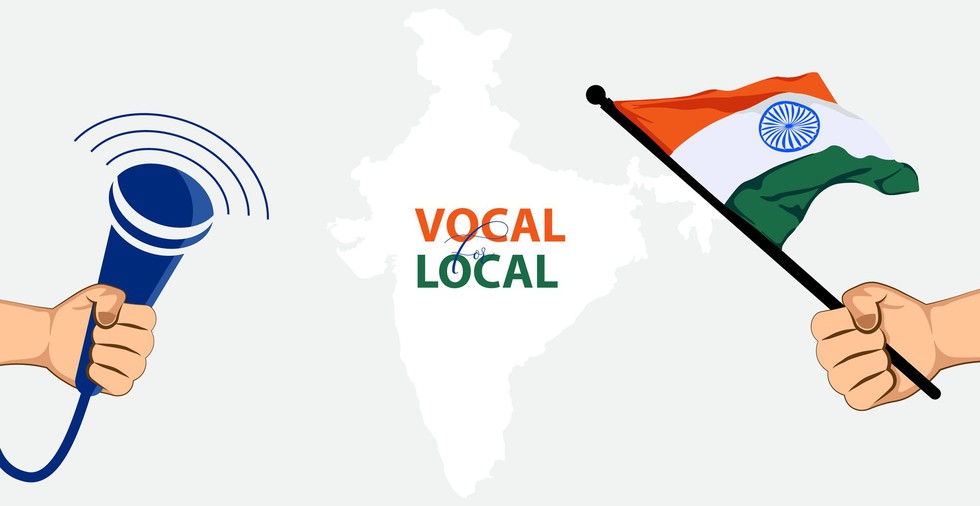
About ‘Vocal for Local’ Initiative:
- It is an initiative of NITI Aayogunder its Aspirational Blocks Programme to encourage a spirit of self-reliance among the people and propel them towards sustainable growth and prosperity.
- As a part of this initiative, local products from 500 aspirational blocks have been mapped and consolidated under the Aakanksha brand.
- Aakanksha is an umbrella brand, which could be supplemented into multiple sub-brands that have the potential to create an international market.
- In order to encourage these products, a dedicated window for the Aspirational Blocks Programme under the brand name Aakanksha has been established on the Government e-Marketplace (GeM) portal.
- The partners will also provide technical and operational support for the facilitation of e-commerce onboarding, establishing linkages, financial/digital literacy, documentation/certification, and skill enhancement, among others.
Key Facts about Government e-Marketplace (GeM):
- It is an online platform for public procurement, launched in 2016 by the Ministry of Commerce and Industry, Government of India.
- It is a one-stop portal to facilitate online procurement of common use Goods & Services required by various Government Departments / Organizations / PSUs.
- The purchases made through GeM by Government users have been authorised and made mandatory by the Ministry of Finance under the General Financial Rules, 2017.
- The platform is owned by GeM SPV (Special Purpose Vehicle), which is a 100% Government-owned, non-profit company under the Ministry of Commerce and Industry.
Key Facts about Aspirational Blocks Programme:
- It is on the lines of the Aspirational District Programme that was launched in 2018 and covers 112 districts across the country.
- This new programme is aimed at improving performance of blocks lagging on various development parameters.
- This will enable holistic development in those areas that require added assistance.
- The programme will initially cover 500 districts across 31 States and Union Territories.
- Over half of these blocks are in six States: Uttar Pradesh (68 blocks), Bihar (61), Madhya Pradesh (42), Jharkhand (34), Odisha (29), and West Bengal (29).
Global Methane Tracker 2024
According to the International Energy Agency’s (IEA) Global Methane Tracker 2024, Methane emissions from fuel use in 2023 were close to being the highest ever.
About Global Methane Tracker:
- It is an annual report released by the International Energy Agency (IEA).
- It is based on the most recently available data on methane emissions from the energy sector and incorporates new scientific studies, measurement campaigns, and information collected from satellites.
- Highlights of Global Methane Tracker 2024:
- Methane emissions from fuel use in 2023 were close to being the highest ever at 120 million tonnes (Mt). This is a small rise compared to 2022.
- Bioenergy, a form of renewable energy generated by plant and animal waste, caused another 10 million tons of emissions.
- Of the 120 Mt of methane that escaped into the atmosphere, around 80 million tons of methane emissions came from just 10 countries, The United States leads in methane emissions from oil and gas operations, and is “closely followed” by Russia. China, on the other hand, leads in emissions from coal operations.
- While studies suggested emissions are falling in some regions, overall emissions remain far too high to meet the world’s climate goals.
- The world needs to slash methane emissionsfrom fossil fuels by 75 percent by 2030 to achieve the Paris Agreement goal of limiting warming to 1.5°C.
- The IEA estimated that this goal would require about $170 billion in spending. This is less than 5 percent of the income generated by the fossil fuel industry in 2023.
Euscorpiops Krachan
Researchers recently discovered a previously unknown species of scorpion, scientifically classified as Euscorpiops Krachan.

About Euscorpiops Krachan:
- It belongs to the subgenus Euscopiops and has been named Euscorpiops Krachan after the national park in Thailand, where it was found.
- Scorpions in this genus have limited distribution ranges with a high degree of endemism. They can be found mainly in mountain areas, particularly in places with numerous rock crevices.
- Features:
- They are very small in comparison to most other species of the subgenus, reaching just over 1 inch in length.
- They are brownish in colour; however, females are darker than males.
- They also have eight eyes and eight legs.
- Other scorpions of the Scorpiops genus hunt through ‘ambush or sit-and-wait type of foraging’. It is believed that the new species employs similar strategies while hunting.
National Action Plan for Prevention and Control of Snakebite Envenoming (NAP-SE)
India recently launched the ‘National Action Plan for Prevention and Control of Snakebite Envenoming (NAP-SE)’ along with a booklet on Snakebite and a Poster on “Dos” and “Don’ts”.

- It is a broad framework for management, prevention and control of Snake bite envenoming in India.
- Launched by – Ministry of Health and Family Welfare.
- Aim – To halve the number of deaths and disability due to snakebite envenoming by 2030 through ‘One Health’ approach
| Snakebite Envenoming |
|
- Mission – To progressively reduce the morbidity, mortality and its associated complications in humans due to Snake bite.
- Components – Human, wildlife, tribal and animal health component.
- Human-health Component – Surveillance of snake bite case, emergency care services, anti-snake venom at all health facilities, and institutionalization of Regional Venom Centre.
- Wildlife-health component – Public awareness, research & monitoring, snake venom collection, antivenom distribution and snake relocation.
- Animal & agriculture component – Prevention of snake bites in livestock, community engagement etc.
Human health component are already being implemented under snakebite prevention and control through the State and District Nodal Officer (SNO & DNO) under National Health Mission.
- Joint monitoring – Component wise monitoring and independent external evaluation of the state action plan.
- Key stakeholders – As a nodal agency, they directly involve in providing technical and logistic support to the State/District and below level and also help in formalizing the State Action Plan.
- A guidance document – For the states / UTs and stakeholders to develop their own action plan, specific to their needs.
- The states will identify and nominate State and District Nodal Officer (SNO & DNO).
- A helpline number ‘15400’ – For immediate assistance & guidance to individuals and communities affected by snakebites.
- It will be piloted in 5 states and Union Territories (UTs) – Puducherry, Madhya Pradesh, Assam, Andhra Pradesh and Delhi.
Project SOORYA
ISRO has formalised a project team, internally named ‘SOORYA’, to start building the New Generation Launch Vehicle (NGLV).
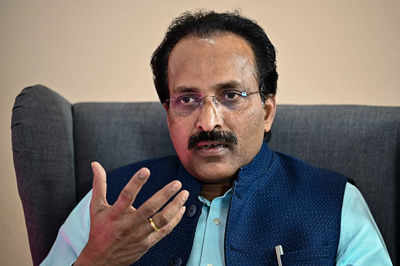
- Aim – To develop NGLV and thereby to build the country’s own space station and send Indians to the Moon.
NGLV will be India’s biggest rocket and is to be ready by 2034-35.
- Requirement – 3rd launch pad at Sriharikota will be necessary as NGLV’s configuration will differ from the current class of rockets.
- Features – A 3-stage launch vehicle.
- Fuel – Green fuel combinations like methane-liquid oxygen or kerosene-liquid oxygen.
- Payload capacity – Up to 10 tonnes to Geostationary Transfer Orbit (GTO) that is more than twice the capability India’s current heaviest rocket, the LVM-3, has.
- Reusability – Its parts are recoverable and can be reflown.
- Cost-competitive rocket – Reusability reduces the launch costs, of around $1,900 per kg to Low Earth Orbit (LEO), compared to $3,000/kg for an expendable configuration.
- In line with India’s Space Vision 2047 – It helps in achieving the goals of building a space station by 2035 and eventually sending Indians to Moon.
- Private sector participation – While ISRO will provide technical support, the private industry is expected to eventually handle building, operations and launches.
Indian Space Research Organisation (ISRO), a space agency of India, created in 1969 by superseding Indian National Committee for Space Research (INCOSPAR). Its headquarters is in Bengaluru, Karnataka and works under the control of Department of Space (DOS), Government of India.
Committee on Digital Competition Law (CDCL)
The Committee on Digital Competition Law (CDCL) has submitted its report with the Draft Bill on Digital Competition Law.

- Constituted by – Ministry of Corporate Affairs (MCA)
- Aim – To examine the need for a separate law on competition in digital markets and to prepare a draft Digital Competition Act and submitting a report.
- Composition – 16-member inter-ministerial committee.
- Committee headed by – Manoj Govil
- Activity – It reviewed whether the existing provisions of the Competition Act 2002 are sufficient to deal with the challenges emerging from the digital economy.
- Recommendation – They are largely modelled on the EU’s Digital Markets Act, with some India specific variations.
- Ex-ante (before the event) measures be introduced to complement the current ex-post framework.
- Legislate to regulate the market power of Big Tech firms like Google and Meta to better equip the Competition Commission of India (CCI) to rule on competition matters for tech firms.
- Identifying large digital enterprises with a ’significant presence’ in India in selected ‘core digital services’ and terming them as “Systemically Significant Digital Enterprises,” or SSDEs.
- They shall be identified by using 2 test basis, companies’ significant financial strength and significant spread.
- These companies need to do a self-assessment and report it to the CCI if they fall within the same.
- Any non-compliance with the requirement, may lead to significant fines which can be up to 10% of global turnover.
- Implement a mechanism for inter-regulatory consultations.
- Challenges – Ex-ante regulation could potentially stifle innovation which could lead to unintended consequences, such as reduced consumer choice and higher prices.
Gyanesh Kumar, Sukhbir Sandhu Appointed as New Election Commissioners
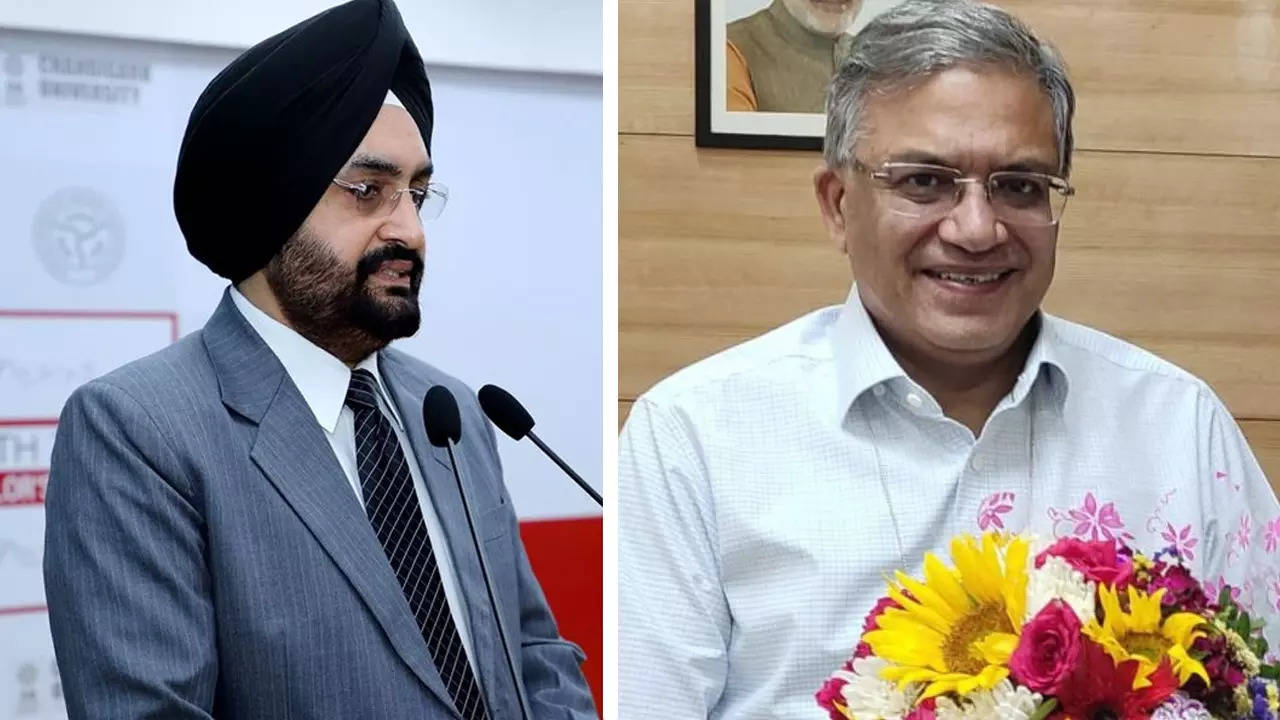
- The Prime Minister Narendra Modi-led three-member committee has appointed Gyanesh Kumar and Sukhbir Singh Sandhu as new Election Commissioners. This decision was conveyed to the media by Congress leader Adhir Ranjan Chowdhury after the committee’s meeting on March 14, 2024.
Filling Vacant Positions
- The appointments come in the wake of the recent resignation of Election Commissioner Arun Goel, just days ahead of the upcoming Lok Sabha elections. With the retirement of Anup Pandey in February and Goel’s resignation, the three-member Election Commission panel was left with only the Chief Election Commissioner, Rajiv Kumar.
New Selection Panel
- These appointments are the first to be made by the reconstituted selection panel, which now includes the Prime Minister, the Leader of the Opposition, and a designated Union Cabinet minister. The Chief Justice of India is no longer part of the panel, following the enactment of the Chief Election Commissioner and Other Election Commissioners (Appointment, Conditions of Service and Term of Office) Act, 2023.
Upcoming General Elections
- The Election Commission, responsible for conducting free and fair elections, is expected to announce the dates for the upcoming general elections soon. The Lok Sabha elections are likely to be held in April-May 2024.
Legal Challenge
- Meanwhile, the Supreme Court is scheduled to hear a plea on March 15th, challenging the exclusion of the Chief Justice of India from the selection panel for the Chief Election Commissioner and other Election Commissioners. The Association for Democratic Reforms (ADR) has filed this plea, alleging that the Supreme Court’s previous ruling on the selection panel has been overruled without addressing the basis of the judgment.With the new appointments and the upcoming legal challenge, the focus remains on ensuring the integrity and fairness of the electoral process in the world’s largest democracy.
Important takeaways for all competitive exams
- Election Commissioner of India HQ: Delhi
- Election Commissioner of India Established: 25th January 1950.
| Other Important Topics | ||||||||
| Operation ‘Rising Sun’ | ||||||||
|
||||||||
| PB-SHABD | ||||||||
Union Minister of Information and Broadcasting has recently launched the Prasar Bharti – Shared Audio Visuals for Broadcast and Dissemination (PB-SHABD).
|
||||||||
| Pi Day | ||||||||
Pi
|
||||||||
| Devin AI | ||||||||
|
||||||||
| Banning of food colouring | ||||||||
The Karnataka government recently banned the use of harmful colouring agent including Rhodamine B in gobhi manchurian and cotton candy.
|
||||||||
| Coral Superhighway | ||||||||
Scientists have discovered that remote coral reefs around the Seychelles are closely related through ocean currents creating a coral superhighway.
|
||||||||
| Kairos | ||||||||
Kairos, Japan’s 1st privately built rocket, explodes after its launch from the Kii peninsula, Japan.
|
||||||||
| Mumps virus | ||||||||
|
||||||||
| Aghanashini Estuary | ||||||||
A group of conservationists along with the IISc.’s Energy and Wetlands Research Group have called for setting up the Aghanashini Wetland Conservation Authority.
|
||||||||
| Sabroom Land Port | ||||||||
Prime Minister has recently inaugurate the 3rd land port in Sabroom, Tripura
|





